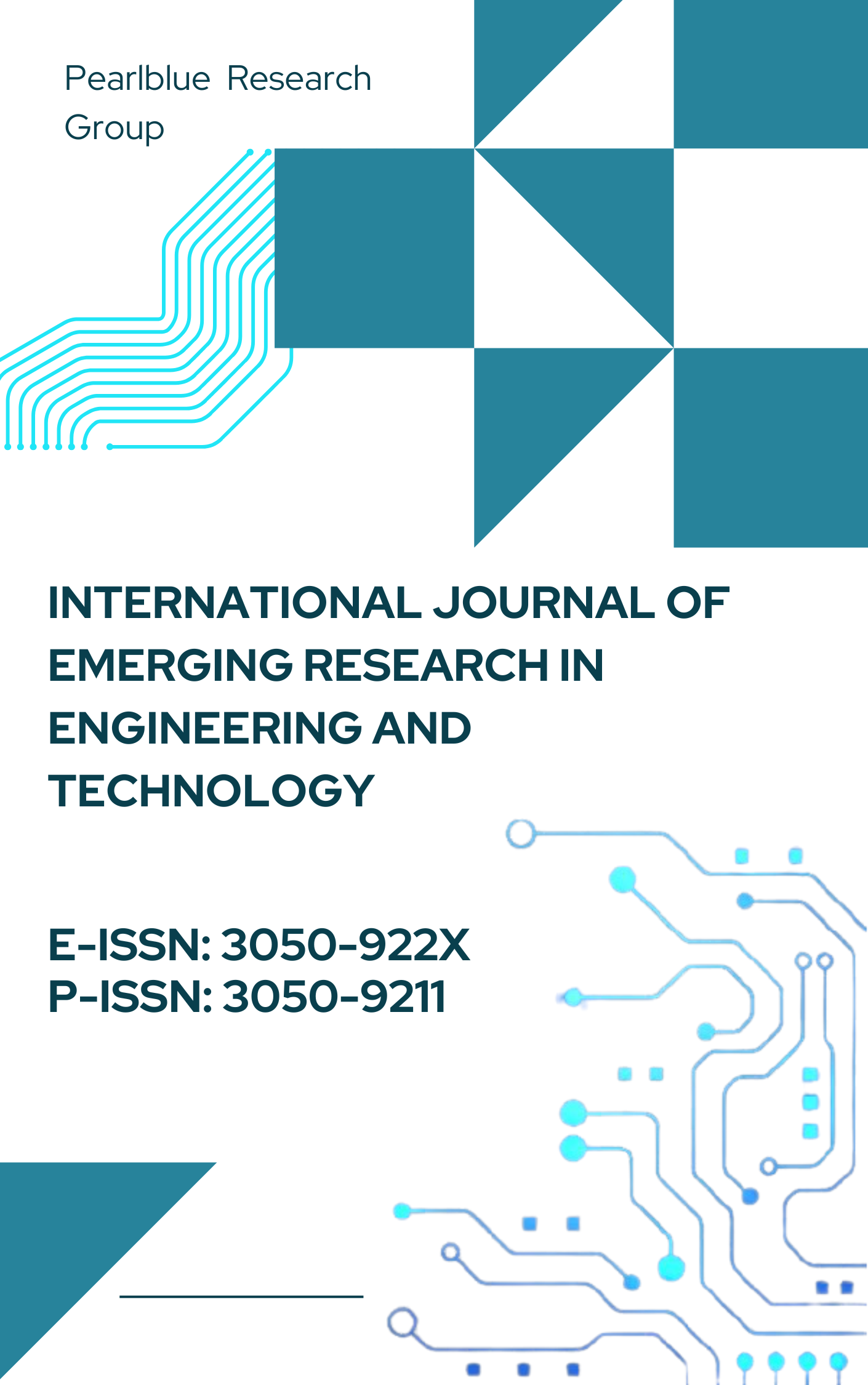A Comprehensive Exploration of Biomechanical Innovations in Physical Therapy: Advancing Patient Recovery through Precision Rehabilitation Techniques
DOI:
https://doi.org/10.63282/3050-922X.IJERET-V2I1P101Keywords:
Precision Rehabilitation, Wearable Technology, Virtual Reality, Personalized Treatment, Patient EngagementAbstract
The field of physical therapy is undergoing a transformative evolution through biomechanical innovations that enhance patient recovery via precision rehabilitation techniques. Precision rehabilitation focuses on delivering tailored interventions based on individual patient profiles, integrating data from physical, cognitive, and psychosocial domains to optimize functional outcomes. This approach is supported by advancements in technology, including wearable devices, artificial intelligence, and virtual reality, which facilitate real-time monitoring and personalized treatment plans. For instance, the use of wearable technology allows for continuous assessment of patient movement and recovery progress, enabling therapists to adjust interventions dynamically. Additionally, virtual reality environments have been shown to improve patient engagement and motivation during rehabilitation exercises, leading to better recovery rates. Emerging trends such as telehealth and regenerative medicine further expand the possibilities for personalized care, making rehabilitation more accessible and effective. By harnessing these innovations, the rehabilitation community can significantly enhance the quality of care provided to patients, ultimately fostering a more efficient recovery process. The integration of these diverse technological advancements into clinical practice promises to redefine rehabilitation paradigms and improve patient outcomes across various musculoskeletal conditions
References
[1] Biomechanical Frameworks for Better Rehabilitation. SciTechnol, https://www.scitechnol.com/peer-review/biomechanical-frameworks-for-better-rehabilitation-5rGn.php?article_id=23866.
[2] Review of the Role of Biomechanical Research. IR Library NMU, http://ir.librarynmu.com/bitstream/123456789/9614/1/Review%20of%20the%20Role%20of%20Biomechanical%20Research.pdf.
[3] Biomechanical Study for Rehabilitation Research. PubMed Central (PMC), https://pmc.ncbi.nlm.nih.gov/articles/PMC9028061/.
[4] Biomechanical Aspects of Aquatic Therapy: A Literature Review on Application and Methodological Challenges. ResearchGate, https://www.researchgate.net/publication/301499846_BIOMECHANICAL_ASPECTS_OF_AQUATIC_THERAPY_A_LITERATURE_REVIEW_ON_APPLICATION_AND_METHODOLOGICAL_CHALLENGES.
[5] Publication on Biomechanical Research. Index Copernicus Journals, https://journals.indexcopernicus.com/publication/3779994.
[6] Biomechanical Technology of Injury Prevention in the Training of Specialists in Physical Education and Sports. ResearchGate, https://www.researchgate.net/publication/352811866_Biomechanical_technology_of_injury_prevention_in_the_training_of_specialists_in_physical_education_and_sports.
[7] Biomechanical Insights in Rehabilitation Science. PubMed Central (PMC), https://pmc.ncbi.nlm.nih.gov/articles/PMC11151756/.
[8] Technology Is Changing Physical Therapy. University of the Cumberlands, https://www.ucumberlands.edu/blog/technology-is-changing-physical-therapy.
[9] Advances in Bioengineering and Biotechnology. Frontiers in Bioengineering and Biotechnology, https://www.frontiersin.org/journals/bioengineering-and-biotechnology/articles/10.3389/fbioe.2024.1487075/full.
[10] Innovations in Physical Therapy Equipment. Informatics Journals, https://www.informaticsjournals.co.in/index.php/conference/article/view/45106.
[11] Emerging Technologies in Physiotherapy Equipment. Faster Capital, https://fastercapital.com/content/Physiotherapy-Equipment--The-Future-of-Physiotherapy-Equipment--Trends-and-Innovations.html.
[12] Special Issues in Biomechanical Sensors. MDPI Sensors Journal, https://www.mdpi.com/journal/sensors/special_issues/BU9987KX3G.
[13] A Robotic Exoskeleton Helps Kids Learn to Walk Better Outside the Clinical Setting. NIH Accomplishments, https://irp.nih.gov/accomplishments/a-robotic-exoskeleton-helps-kids-learn-to-walk-better-outside-the-clinical.
[14] Use of Virtual Reality in Physical Rehabilitation. Clinical Medicine Research and Education, https://journals.lww.com/cmre/fulltext/2024/14030/use_of_virtual_reality_in_physical_rehabilitation_.6.aspx.
[15] Exploring Physical Therapy Innovations. Spring Hills, https://www.springhills.com/resources/exploring-physical-therapy-innovations.
[16] Summary of Outcomes of a Non-Invasive Biomechanical Therapy for Patients with Knee Osteoarthritis. Journal of Orthopedic Evidence and Innovations, https://journaloei.scholasticahq.com/article/32561-summary-of-outcomes-of-a-non-invasive-biomechanical-therapy-for-patients-with-knee-osteoarthritis.
[17] Biomechanical Rehabilitation Studies. PubMed Central (PMC), https://pmc.ncbi.nlm.nih.gov/articles/PMC7174486/.
[18] Innovations in Physical Therapy. Empower EMR, https://www.empoweremr.com/blog/physical-therapy-innovations.
[19] 5 Inspiring Innovations Involving Physical Therapy. SmartPT, https://www.smartpt.in/5-inspiring-innovations-involving-physical-therapy.
[20] Biomechanic Physical Therapy. Verywell Health, https://www.verywellhealth.com/biomechanic-physical-therapy-5195384.



